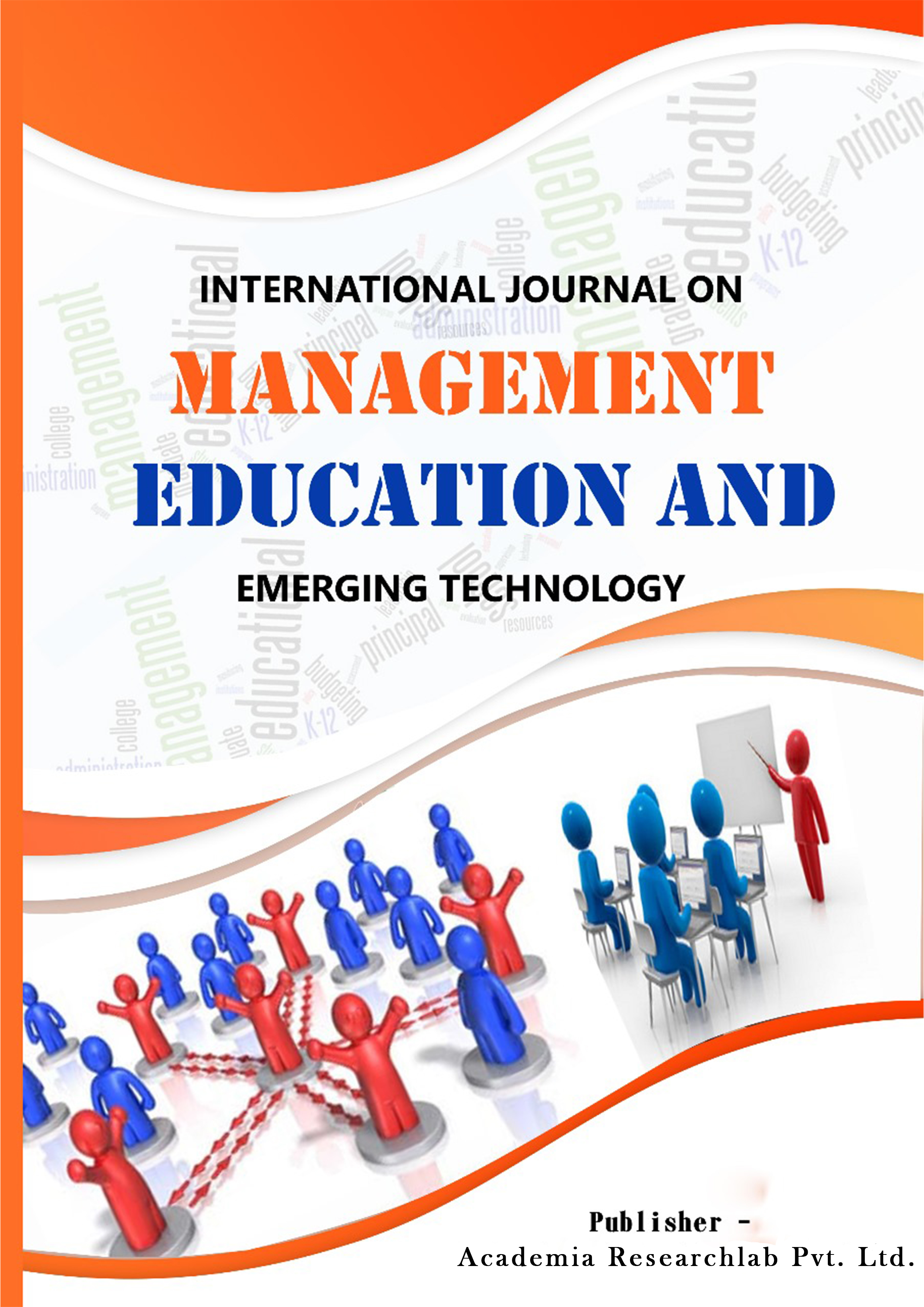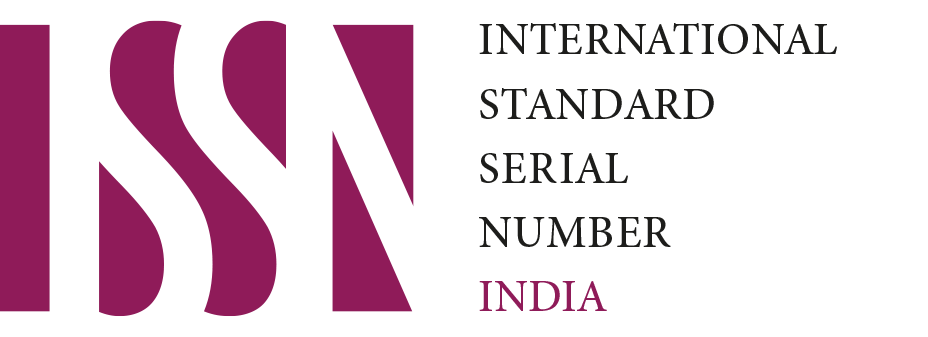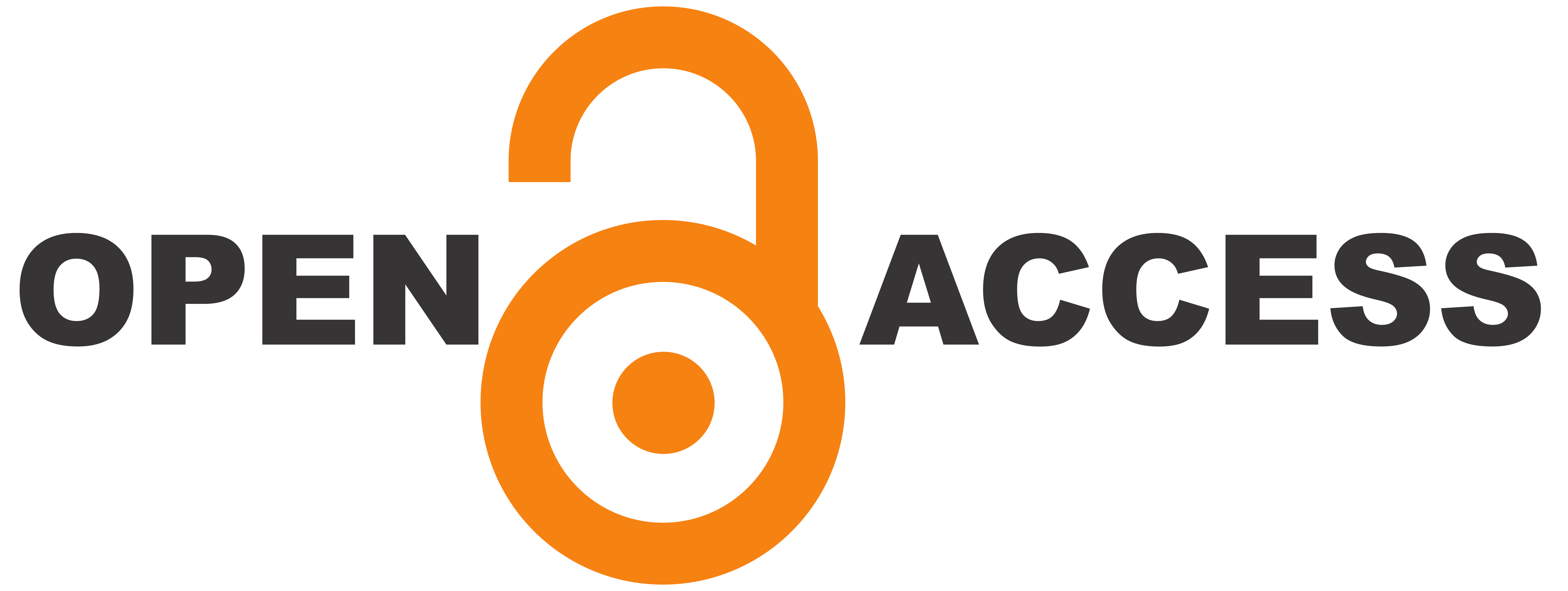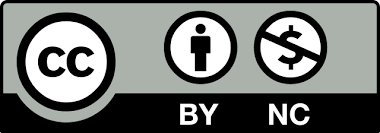Call For Paper for 4th ISSUE
Call for Papers- Vol 3, Issue 4, 2025
Last Date of Submission: 30th October 2025
The International Journal on Management Education and Emerging Technology (IJMEET) is committed to safeguarding the privacy and personal data of all authors, reviewers, editors, and visitors who interact with our journal. This Privacy Statement outlines how we collect, process, store, and protect your information in accordance with applicable data protection regulations, including the General Data Protection Regulation (GDPR).
We may collect personal information such as:
Your personal data is used solely for legitimate academic and operational purposes, including:
We will never sell, trade, or disclose your personal data to third parties for commercial purposes.
All personal data is stored securely with appropriate technical and organizational measures in place to prevent unauthorized access, alteration, or disclosure.
We retain your data only for as long as necessary to fulfill the purposes outlined in this statement, or as required by law, academic record-keeping, or publishing standards.
In accordance with GDPR, you have the right to:
By submitting a manuscript, acting as a reviewer, or otherwise engaging with IJMEET, you consent to the collection and processing of your personal data as described in this Privacy Statement.
For any questions, requests, or concerns regarding this Privacy Statement or your data, please contact us at:
International Journal on Management Education and Emerging Technology (IJMEET)
Mail: editor@ijmeet.org
Website: www.ijmeet.org
Call for Papers- Vol 3, Issue 4, 2025
Last Date of Submission: 30th October 2025





The International Journal on Management, Education and Emerging Technology (IJMEET) is a peer-reviewed journal committed to publishing high-quality research and promoting academic integrity.
Email: journal@ijmeet.org
Website: www.ijmeet.org
© 2025 ijmeet.org
(ISSN: 2583-9438)
Published by
Er. Darshan Surya Sahu
Academia Researchlab Pvt. Ltd.
Bhubaneswar, 751017, Odisha, India
Email: editor@ijmeet.org
